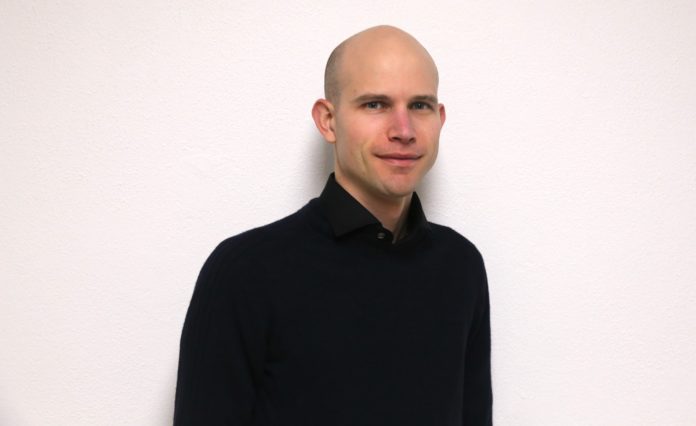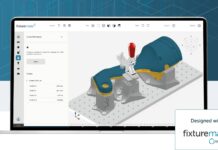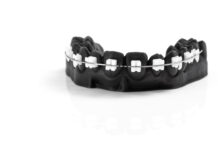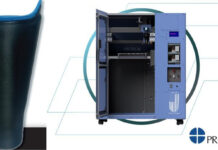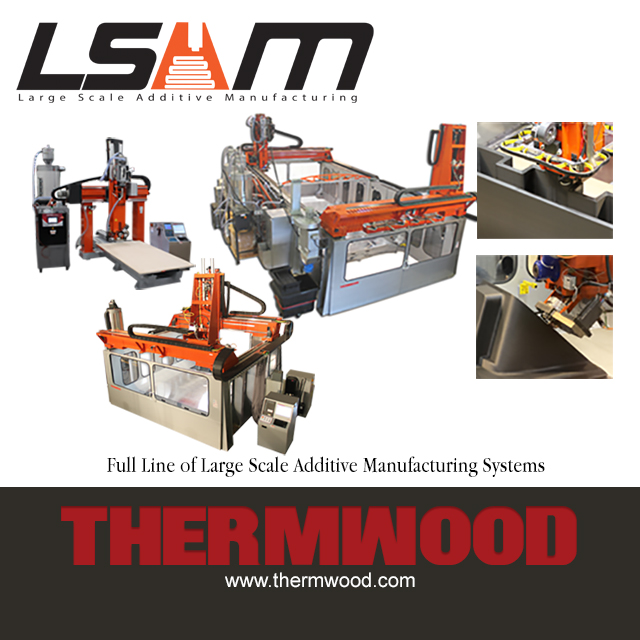An additive manufacturing veteran once told 3D ADEPT Media that, “from a technology perspective, there is a clear additive manufacturing footprint in Belgium. (…) [However], Belgian companies should realize that it is time to invest in technology.” A few companies including Materialise, Twikit, aerosint, etc. have understood this statement at a very early stage and have proven their willingness and ability to push forward the boundaries of technology. Today, they are sources of pride for the kingdom of Belgium and another company that will very soon join this club is Fuselab 3D.
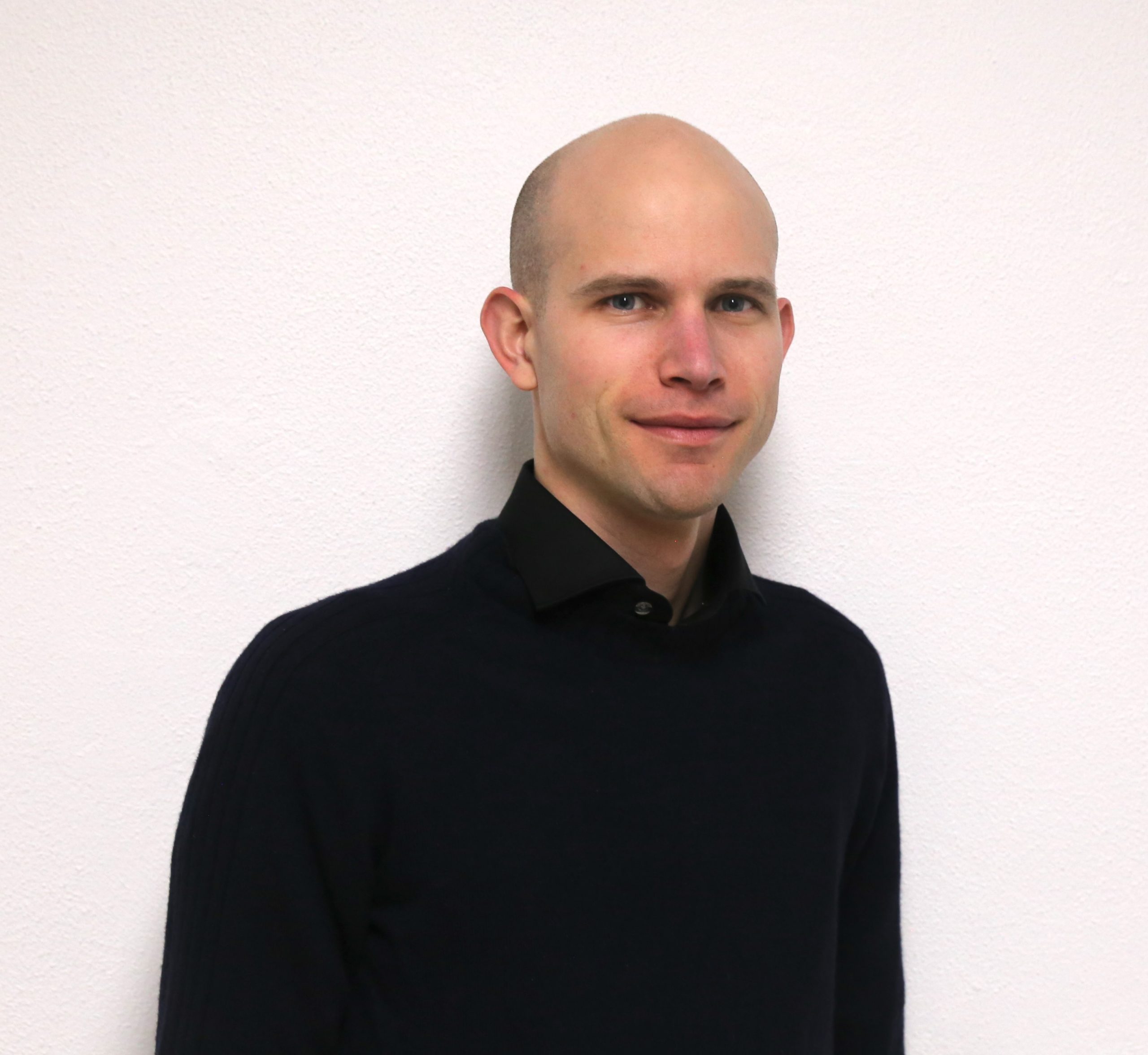
Founded by Jonathan Palmaers, the company is still at the early beginnings of its journey, yet is committed to providing added value where we did not expect. We discovered Fuselab 3D at the latest Formnext event, where the company was making its debut with a unique technology, an industrial FDM 3D Printer named Fuselab FL300.
FDM is certainly the most known and most commonly used additive manufacturing technology. Because it is seen as the simplest one to use, professionals tend to believe that no improvement can be made. As an electro-mechanical engineer and a true nerd, Jonathan Palmaers thinks otherwise.
Palmaers has really hit upon the additive manufacturing market, while he was working in an automotive company. They used a FDM 3D Printer to ensure the prototyping and testing activities. Assigned to the R&D department, he discovered what AM could do to speed up the development process of a new product.
“I found it fascinating how complex prototypes could be additively manufactured without the long lead times we were experiencing with traditional methods”, said Palmaers.
However, leveraging FDM 3D Printing in this automotive company has also enabled the electro-mechanical engineer to identify some areas for improvement on the technology. In this Opinion of the Week, Palmaers tells us what is this area for improvement, how exactly the 3D printer is outstanding and what’s next for the company.
What led to the development of the Fuselab FL300?
While using a FFF printer in my day job, I quickly identified the filament feeding mechanism as the weak link in existing FFF printers. This led to the idea of a filament feeding mechanism that could improve the reliability and speed of FFF printers as well as other features. After 2 years of building prototypes and testing the new extrusion mechanism, Joey Symons, my business partner and I founded Fuselab 3D, dedicated to the development and commercialization of a FFF 3D printer.
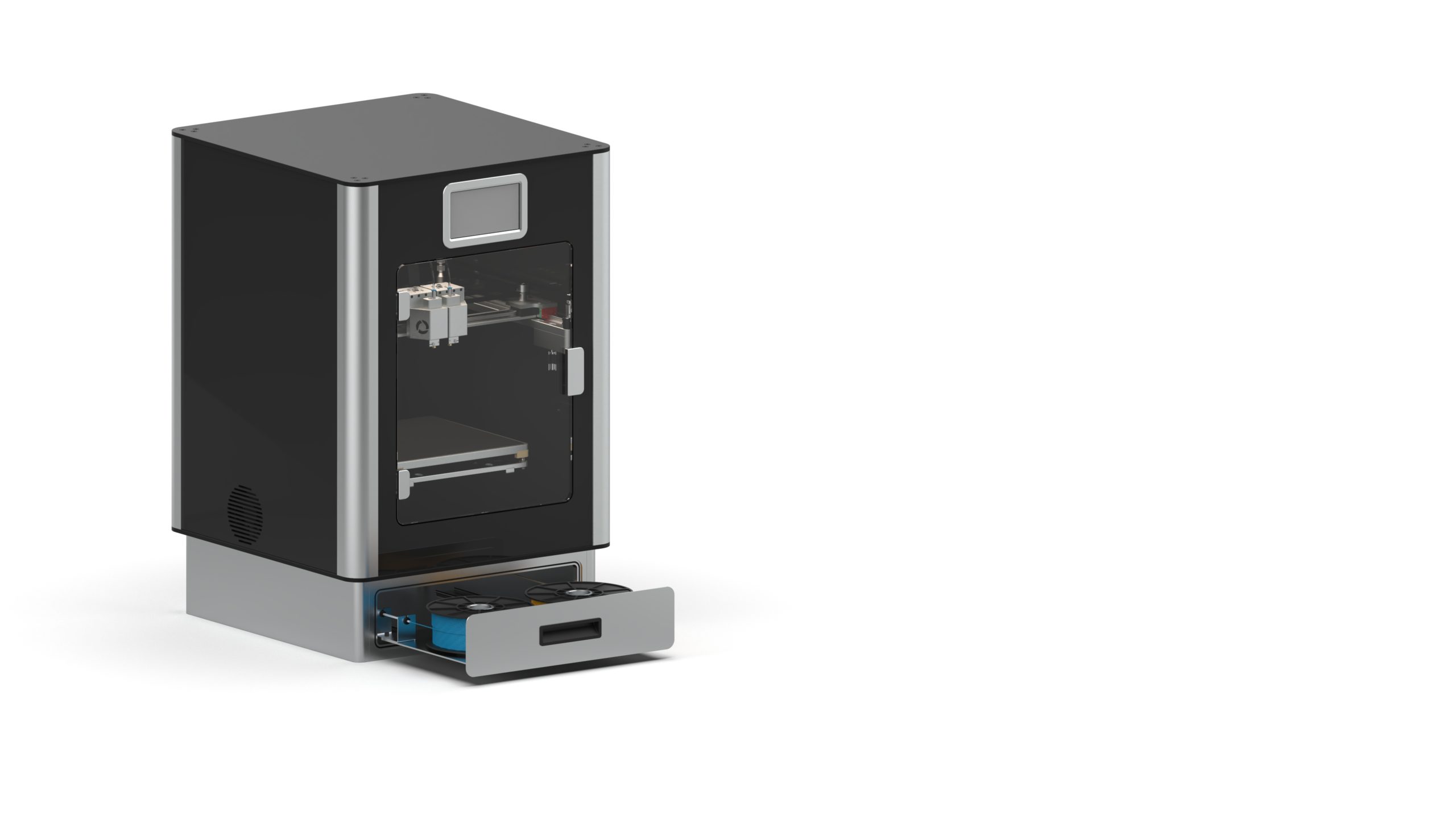
How does the Fuselab FL 300 stand out from the crowd?
The new and proprietary extruder that we developed allows faster printing while delivering higher quality parts. It also enables much better reliability while printing, since the risk of filament grinding is practically reduced to zero. The FL300 also features a structural frame that is independent from the exterior casing for better geometric accuracy of the printed parts. Finally, the heated build platform features a new mounting system that allows it to expand freely and symmetrically when heated, this results in better looking parts without shifted layers due to thermal expansion.
The fully enclosed build volume allows us to filter the air coming out with a HEPA and active carbon filter, this makes the printer safe to use in small spaces. The filament is stored in a hermetically closed drawer to prevent filament degradation due to absorption of humidity.
So far, the biggest challenge for the start-up was to make the “new extruder concept” work and the company seems to have successfully met this challenge.
As far as materials are concerned, the founder said that, apart from flexible materials, the 3D printer can process almost all materials.
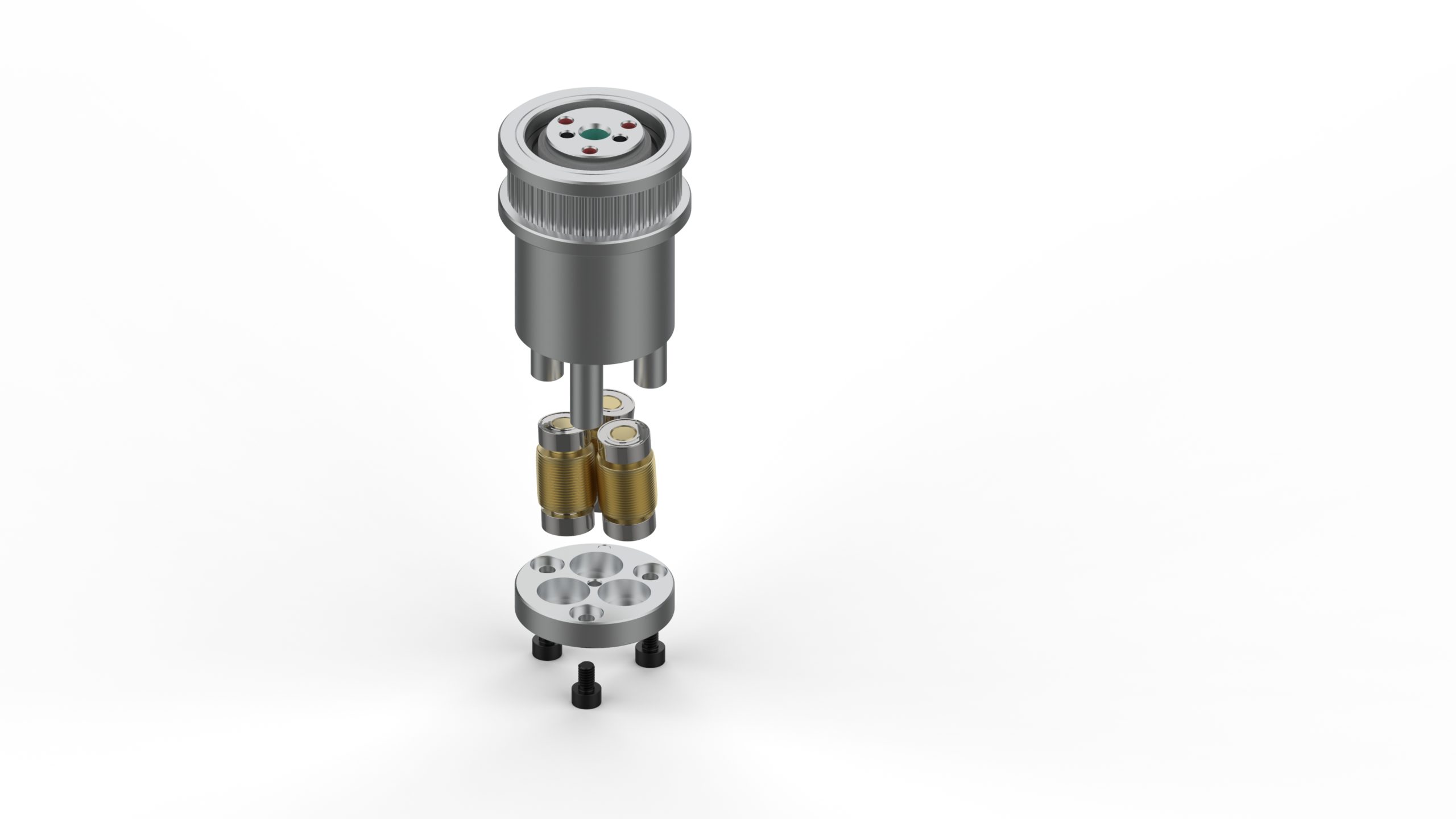
The company has made its first entrance into the international scene at Formnext; what was the company’s objective for the show?
The first objective was to get some feedback with respect to our new extruder innovation and the specifications of the printer in general. We also wanted to validate if our internal priorities/goals aligned with the priorities of potential customers. It turned out that our idea of what customers expected aligned quite nicely with what we were offering, so our marked research was validated.
Secondly, we wanted to make some business contacts with potential resellers for when we are ready to start selling our printer.
When can we expect the commercialization of the 3D printer?
The printer we showed at Formnext was still a prototype, but very close to the final design. We are finalizing the design in the coming months, and preparing to start production in the summer of 2020.
In a nutshell…
The Fuselab FL300 brings a new additive manufacturing approach to those who leverage FDM technology. Intended for both professional users and R&D centers, the technology can also be used for series production applications.
Fuselab 3D still has a long way to go but the company is already on the right track to succeed in its mission: “to bring some innovation to the FFF printer market, innovation that [they] feel, has been absent in the last few years”.
Remember, you can post free of charge job opportunities in the AM Industry on 3D ADEPT Media or look for a job via our job board. Make sure to follow us on our social networks and subscribe to our weekly newsletter : Facebook, Twitter, LinkedIn & Instagram ! If you want to be featured in the next issue of our digital magazine or if you hear a story that needs to be heard, make sure to send it to contact@3dadept.com. Happy New Year!



